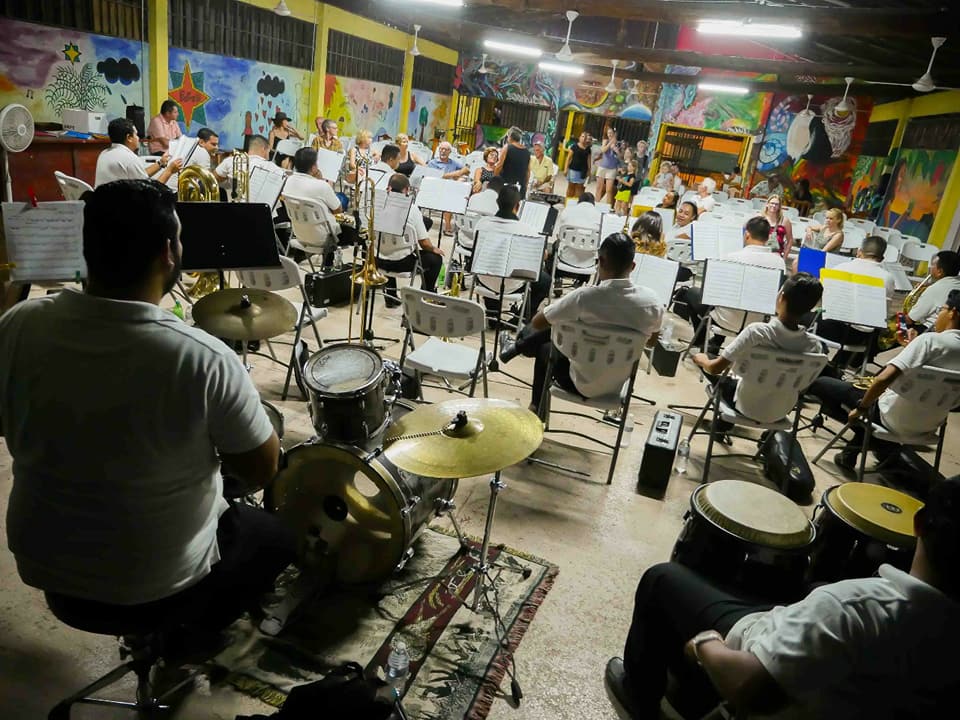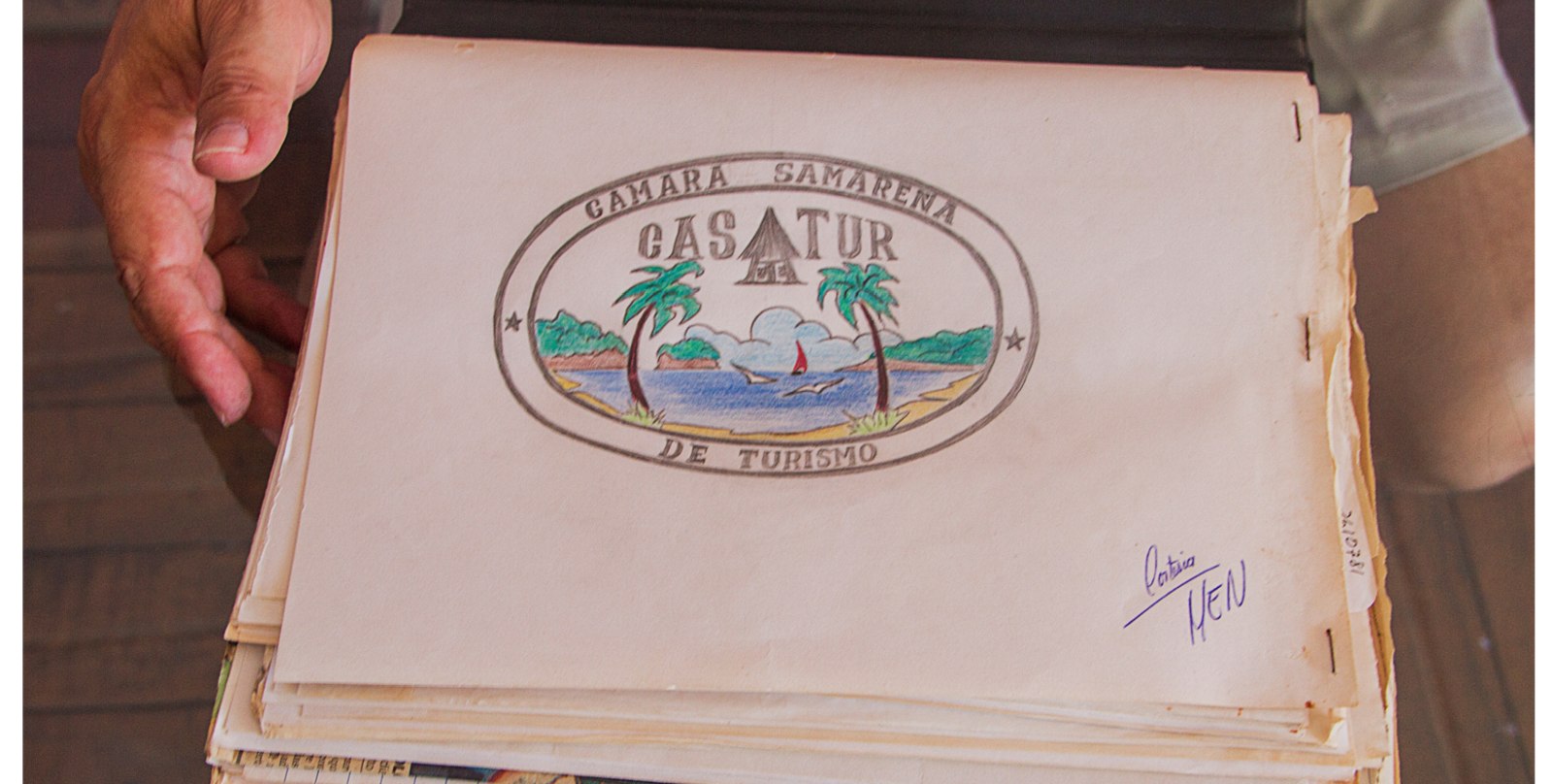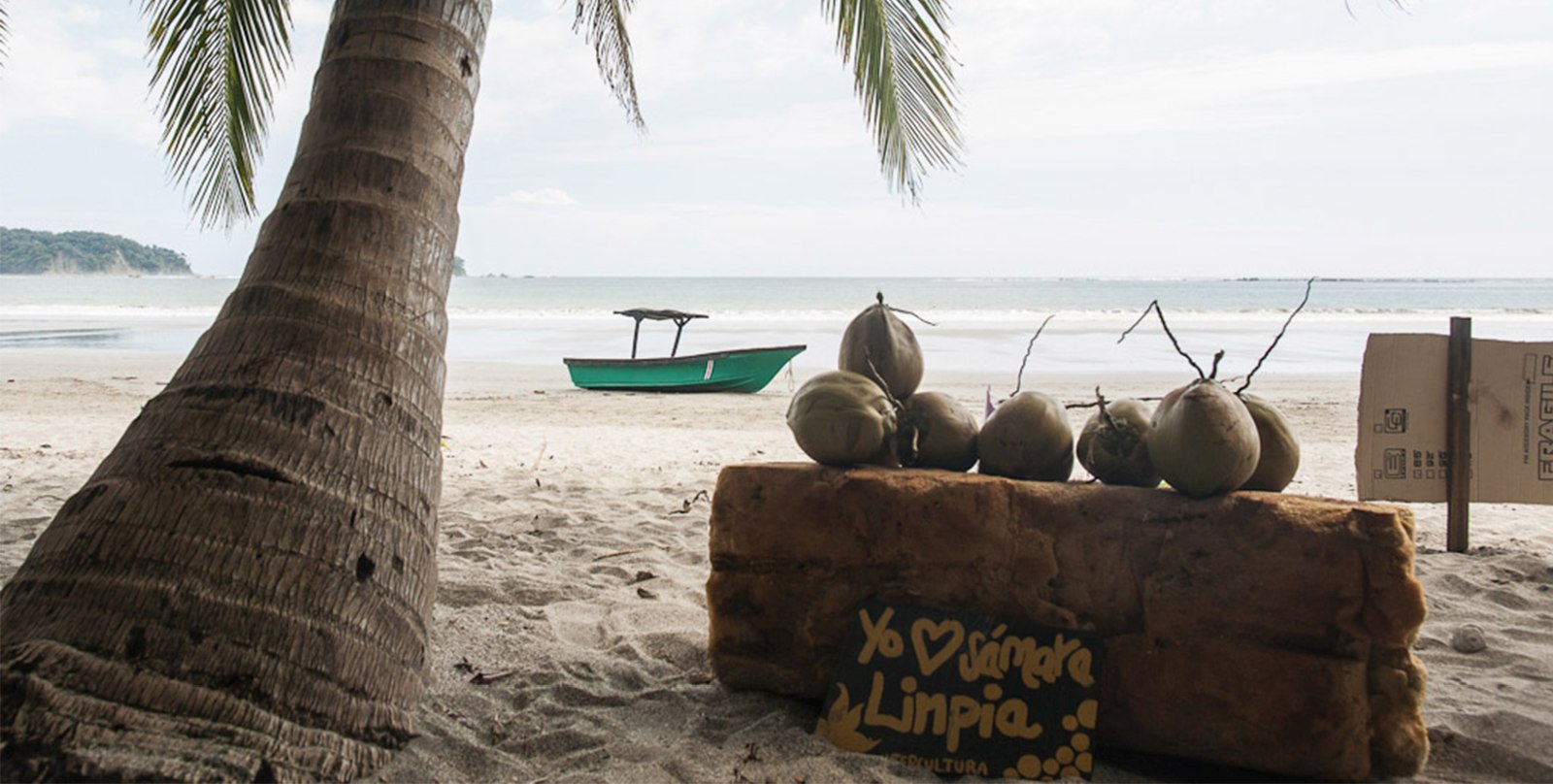
A group of Samara residents has been rekindling culture in the coastal community since the end of 2017 with activities such as concerts, workshops and exposes, even free dance recitals.
Samara Vive is a committee made up of eight members that work as volunteers with the support of the culture ministry. It brings art to this coastal community, where activities were usually private or expensive.
Lenina Araya, Samara resident and director of a Nicoya school realized that this group was organizing cultural activities and she didn’t think twice about attending. “There were none here, and what there was was private,” Araya said.
She wanted to take advantage of this for herself and the children in the community so she gathered her students and took them to the theatre and then held a talk about the play in class.
The committee uses public spaces like the community center and the central plaza, which aren’t usually used for these activities.
The community center always used to be closed, only when a local association would use it, but there was nowhere to see a show. There was nothing cultural,” says one of the committee leaders Beatriz Jirón. “Our activities are either free or cost a maximum of ¢3,000 ($5)
According to the ministry’s cultural director in the province, Vera Vargas, these groups work as a bridge between communities and culture.
“The idea behind the committees is to open up possibilities for thought and actions in the communities,” she says. “In addition to Guanacaste’s heritage, they can see other proposals from different types of populations in the zone.”
Progress Equals Integration
After a year of working and evaluating her work, Jiron says that this year they have a clear goal: “We don’t want to be event organizers, we want to give something more, activities that are productive for residents.”
This year the committee is considering diversifying its agenda with masquerade workshops and jicaro carving. In March, they will bring the Vagina Monologues, a work of theatre that raises awareness about gender violence.
But the group has a constant concern. The money isn’t enough for their activities. “It’s really expensive for us because we have to pay 20 people,” Jiron says. “Right now we have ¢23,000 ($38) in the bank”, agrega.
IN order to hold each event, they knock on doors of local businesses and community development associations asking for financial or human resources. They have also sold food to cover expenses.
This takes time. Every Thursday they meet to select activities, plan activities and think about how to find resources.
Jirón says that another challenge is making the local and foreign communities mingle. Sometimes the foreigners are the ones who mostly attend the activities, as if culture is so distant from locals that it seems to not even be theirs.
We are thinking about forming theatre and folk dancing groups in order to get kids involved and have their families come,” Jirón said. “One of the groups is going to be intercultural with locals and foreigners.”
The committee continues to seek out ways to provide economic stability for the activities, which, according to Vera Vargas, have a formula. “Institutions, local companies and residents must continue getting involved.”








Comments